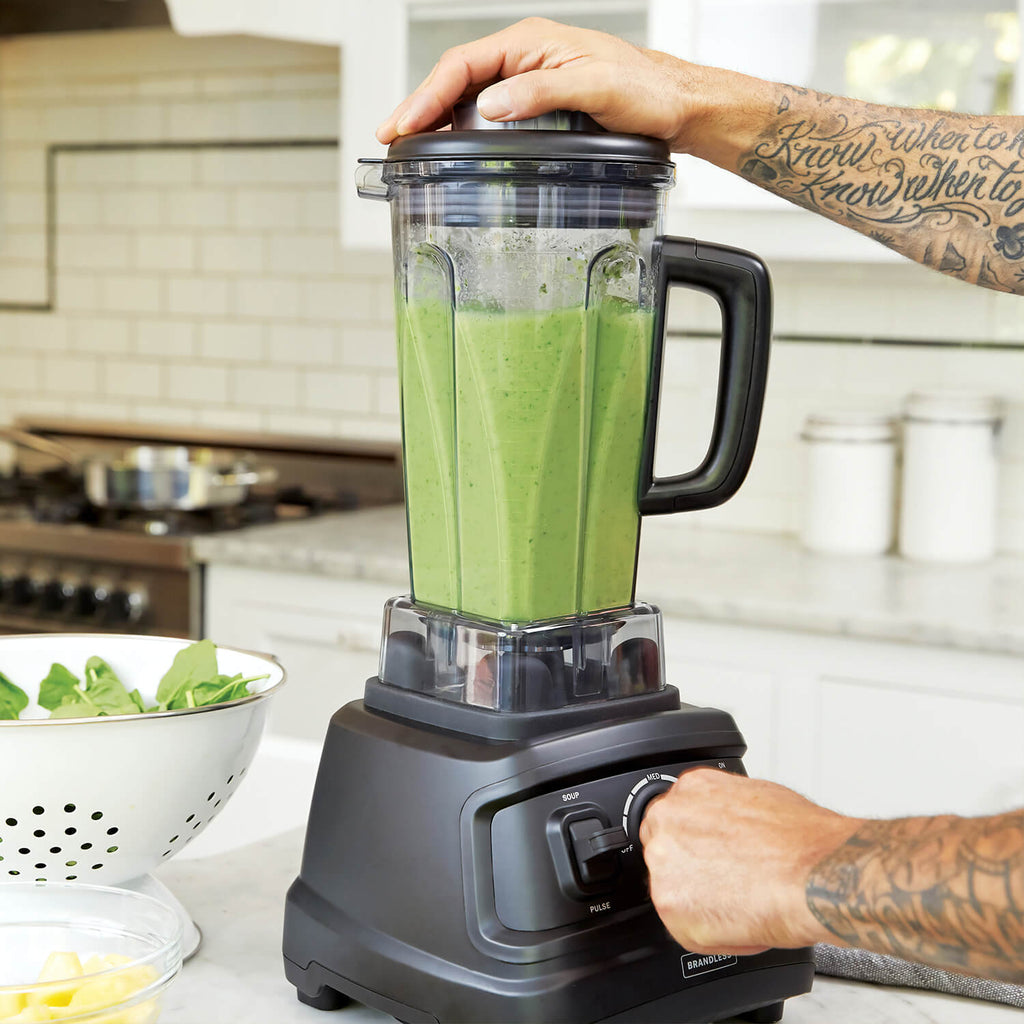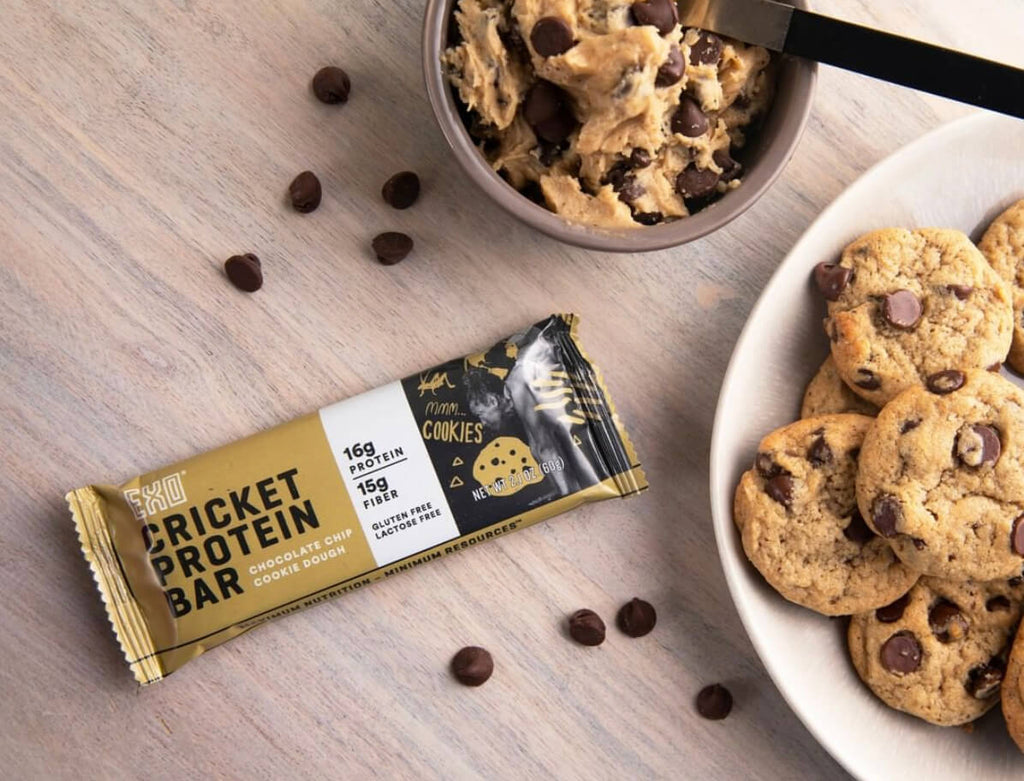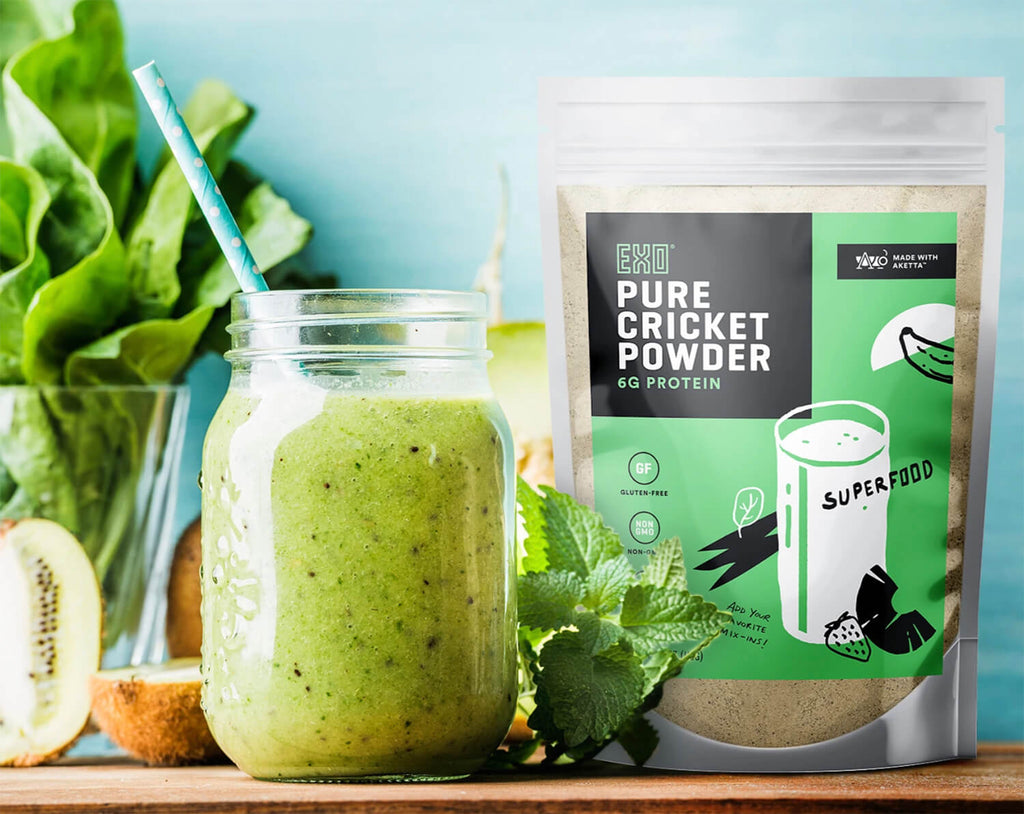4 Best Natural Nootropics to Give Yourself a Boost
Ever felt like you are having a ton of off days? You know. The type of day where you have already lost your...

Wondering which would win in a battle: protein bars vs protein shakes? No matter which comes out on top, EXO has you covered with both bars and powder.
Pop quiz. You’re in a hurry, and you don’t have time to prepare a full meal. You think, “I just need a quick hit of protein. That’ll do the trick.” But what do you go for? Should you reach for the protein bar, or whip up a quick protein shake? When you face them off together, protein bars vs protein shakes, which is better?
Our ideas of “eating healthy” are rooted in popular perceptions. It’s why many people immediately equate “salad” with “healthy,” even though a salad can easily become a diet killer with a few toppings and too much dressing. Similarly, unwrapping a packaged protein bar may feel less “healthy” compared to tossing fresh fruits and greens into a blender. But it’s pretty easy to make an unhealthy shake, despite the fresh produce, just like it’s easy to find healthy and not-so-healthy protein bars.
So, let’s compare the benefits and drawbacks of each to find which is better: protein bars vs. shakes.
Before we dive in, there’s an important piece to remember—your definition of “better” can differ from the next person’s. We all have different needs and varying lifestyles. Accordingly, you have to find the right fit for you. Like most dietary decisions, there is rarely a black and white answer, because no dietary decision is made in a vacuum. That’s why we’ll focus on laying out the advantages and disadvantages so you can decide for yourself.

There are a number of benefits to protein bars. Namely, they’re super convenient. You can squirrel some away in your cupboard, backpack, or car trunk so you have them ready whenever you need that extra boost. They’re ready on the spot, and make for some of the best hiking snacks — no need to refrigerate, heat, fuss or fidget. In addition, here are a few more benefits of protein bars:
Macronutrient Balance: Protein bars vary from manufacturer, but in general, they tend to offer a better balance of macronutrients than shakes. Again, it depends on the shake your using or what you’re adding to it. But if you’re using a protein powder for your shake, you’ll get a dose of protein, but fewer fat and carbs on average than you will from a protein bar. For instance, the Exo Peanut Butter and Jelly Protein Bar provides a combo of 10 g protein, 15 g fat, and 27 g of carbohydrate.
Satiety: Studies have indicated that chewing solid food is more satiating than getting your calories in liquid form. That’s one of the reasons carbohydrate rich beverages are so risky — they provide a load of calories, but they’re not very satiating. So, feeling unsatisfied, you reach for more. One of the reasons bars are also satiating, is that they tend to have more fiber. Bars with 3 grams of fiber or more per serving will help you to feel more full. Exo protein bars range from 4 - 16 grams of fiber.
Not all protein bars are created equal. That means you have to look at the ingredients to make sure you’re making a good choice. Here are a few of the common disadvantages of protein bars.
Sugar: This is a risk you run into with any processed, packaged food. But, protein bars can be major offenders, sometimes resembling something closer to a candy bar than a healthy snack when you focus in on the ingredients. If you see sugar, high fructose corn syrup, or sucrose at the top of the ingredients, look for a better bar. Ideally, a majority of the sugar in your bar should come from natural ingredients, like fruit. Most of the sugar in Exo bars originates from dried fruit, fruit juice, or puree.
Funky Fillers: You can run into this problem with protein shakes as well. Either way, your search should begin by scanning the ingredient list on the label. In a good protein bar, you should only see ingredients that you can recognize and can pronounce. For instance, if you scan the ingredient list on an Exo bar you’ll recognize a number of seeds, nuts, fruits, and other natural ingredients… like crickets!

Like protein bars, protein shakes tend to be fairly convenient for getting protein into your system. And in some ways, they can actually be more effective at quickly making that protein available to your body.
Protein Delivery: For aid in muscle repair and recovery, it’s important to consume enough protein in your diet. It’s also been recommended to consume 0.14-0.23 grams of protein per pound of body weight after a workout to help ensure you have the appropriate building blocks available for repairing muscle tissue. Studies have also shown that amino acids (protein building blocks) are more quickly transported to the bloodstream when consumed in liquid form. That means they’ll be more quickly available to help rebuild your muscle tissue.
Easy to Make at Home: Sure, you could make protein bars at home too. But they tend to be more challenging than making a shake. With a shake you just have to gather some fruit, veggies, peanut butter, and maybe some protein powder, and toss them in your blender with some liquid of your choice, hit ‘blend’, and there you have it — pour and enjoy.
Protein shakes may be easy to make at home, but they’re not quite as convenient as protein bars are for taking on the go. You can’t (or shouldn’t) really store a protein shake unrefrigerated in your office desk drawer, or in your gym bag. That’s one disadvantage. Here are two more.
Hunger pangs: Since protein shakes tend to have less macronutrient balance, and less fiber, they could leave you less satiated. Right after you consume one, you’re likely to feel full, because of all the liquid. But if it doesn’t have much more than some protein powder, you might find yourself hungry shortly thereafter.
Sugar: Yup, that’s right. Just like protein bars, protein shakes can be loaded with sugar. A lot of protein powders will have natural sweeteners like stevia, but if you’re not careful you could end up with a carb bomb.
As we’ve seen, protein bars and shakes both have advantages and disadvantages. Sometimes they’re even the same. So, can we even name a clear cut winner? Not so easily.
Each is appropriate for different scenarios depending on personal preference. If you’re looking for a snack that you can stash with you throughout your day, a well-crafted protein bar can be a convenient and healthy option. So if you find yourself busy throughout the day, and need something convenient, protein bars are probably better.
But, if you’re looking for something that you can easily make yourself at home, and increase the speed of protein delivery after a workout, you might prefer a protein shake.

Rather than wholeheartedly committing to one or the other, you’re best off choosing a bar or shake based on the specific situation. That means they can cohabitate in your diet, so you get the best of both worlds.
As long as you’re choosing products with high-quality ingredients, both of them will work fine.
Remember that the best place to get protein is from whole food sources. So, if you are getting your protein from a processed food, it should closely resemble that of a whole food in terms of its composition.
Examine the Ingredient List: You can start out by scanning the ingredient list of the product. Look for items that you recognize. If you’re looking at a bar, you should see whole foods in that list, like fruits and nuts. Sugar should not be the first ingredient in protein bars or protein shakes. If so, put it back and try again.
Protein Content: Where does the bar or shake get its protein from? Ideally, it should come from whole food ingredients like nuts, seeds, and eggs. Or, high-quality isolates and concentrates can be good options as well. Some of the best-studied sources include whey, pea, and egg protein. For a protein bar, it should provide between 10-20 g of protein per serving.

Sweeteners: Make sure you know where the sweet flavor is coming from in your bar or shake. Try to avoid bars and shakes with excess sugar, or that contain things like high fructose corn syrup. If sugar is the sweetener, try to choose products that have ingredients with naturally occurring sugar. For instance, dried fruit is often included in protein bars which add both sugar and fiber. If your bar or shake has a sugar alternative, become familiar with those different alternatives. Sugar alcohols like maltitol, and xylitol often cause stomach discomfort and diarrhea.
Calories: It’s important to be mindful of the calories in your protein bars or shakes, especially since they can vary quite a bit. If it’s providing less than 200-250 calories, you could consider it to be more of a snack. But if it’s going beyond that 250 calories, it’s starting to more resemble the calorie load of a meal. Just be aware of how your bar or shake is fitting in your day and enjoy!
Shop Exo protein products here and check out our Instagram for more ideas on how to incorporate protein into your day!